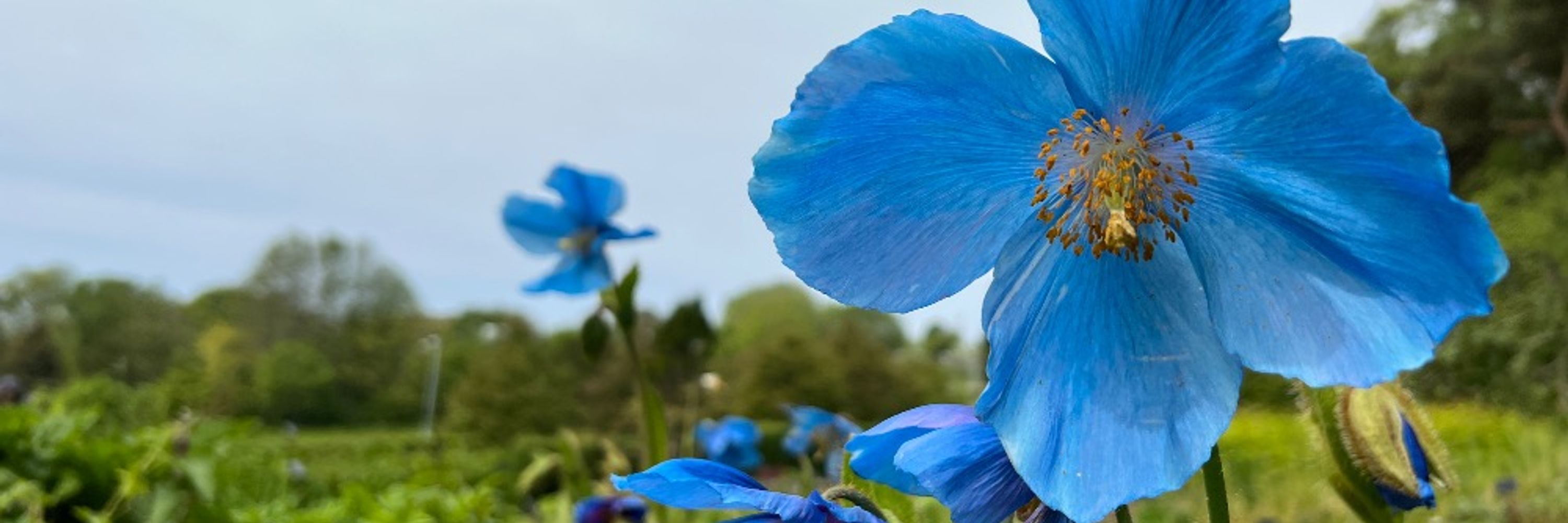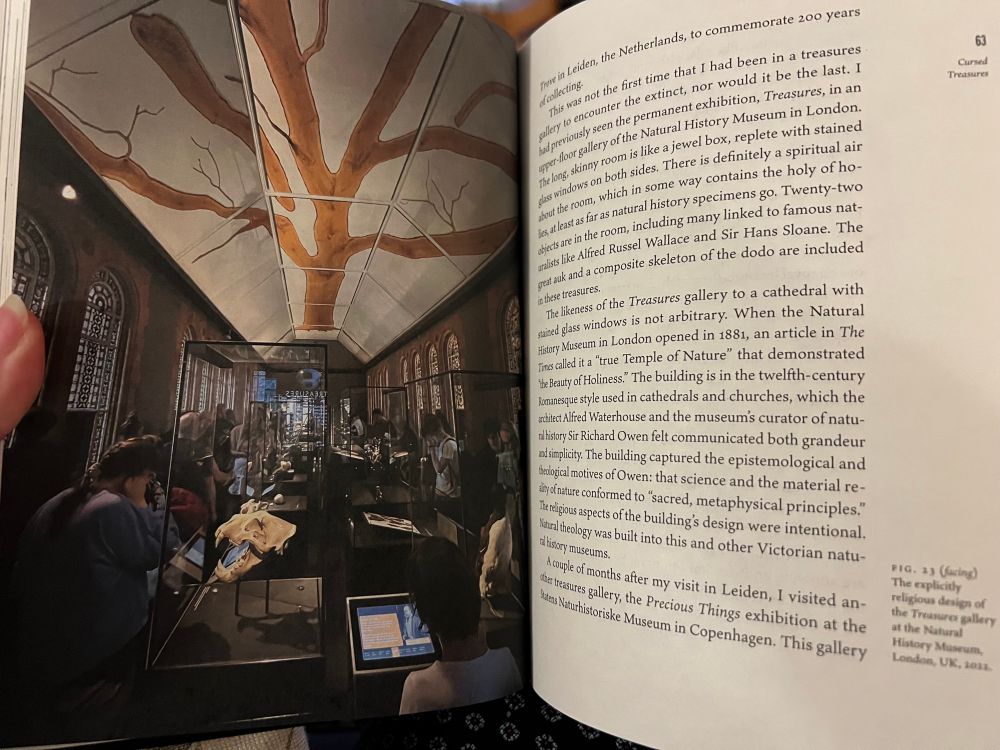
Environmental historian. Professor Univ of Stavanger. Co-director Greenhouse Center for #envhum. Co-editor Environmental Humanities journal. Extinction; animal history.
New book: The Medieval Pig (Boydell 2024) https://boydellandbrewer.com/9781837651689/th ..
more
Environmental historian. Professor Univ of Stavanger. Co-director Greenhouse Center for #envhum. Co-editor Environmental Humanities journal. Extinction; animal history.
New book: The Medieval Pig (Boydell 2024) https://boydellandbrewer.com/9781837651689/th
Dolly Jørgensen is Professor of History at University of Stavanger, Norway and co-editor in Chief of Environmental Humanities. She served as president of the European Society for Environmental History, 2013–2017. Her research ranges from medieval to contemporary environmental issues, approached through environmental history, history of technology, and environmental humanities perspectives. Her primary areas of interest are human-animal relations, the urban environment, and environmental policymaking. Her research has been covered in media such as The New Yorker and Bioscience. She holds a PhD in History from University of Virginia (2008), a MA in history from University of Houston (2003), and a BA in Civil Engineering from Texas A&M University (1994). .. more

If you are looking for an absolutely gorgeous book that tackles a deeply serious topic, this is a perfect choice. Would make a really thoughtful Christmas gift.
press.uchicago.edu/ucp/books/bo...
Reposted by Dolly Jørgensen


www.nebraskapress.unl.edu/internationa...

Reposted by Rosemary A. Joyce, Margot C. Finn, Dolly Jørgensen

www.folger.edu/blogs/shakes...
Reposted by Dolly Jørgensen

https://blogs.loc.gov/loc/2021/01/when-rebecca-the-raccoon-ruled-the-white-house/?loclr=blsky

Recording www.youtube.com/watch?v=BkYC...
Resource pack www.nationalarchives.gov.uk/wp-content/u...

I’m so happy with how gorgeous it is in full color with 90 photos. Would make a fantastic gift for any animal lover or museum goer.
press.uchicago.edu/ucp/books/bo...

I’m so happy with how gorgeous it is in full color with 90 photos.
press.uchicago.edu/ucp/books/bo...
Reposted by Paolo Crosetto, Dolly Jørgensen, Aileen Fyfe

#AcademicSky #HigherEd #ScholComm
Reposted by Claire Connolly
"Hurakán Culture" by Yairen Jerez Columbié
read.dukeupress.edu/environmenta...
"Metabolism" by Molly MacVeagh
read.dukeupress.edu/environmenta...
Reposted by Joanna Brück

read.dukeupress.edu/environmenta...

read.dukeupress.edu/environmenta...

read.dukeupress.edu/environmenta...
@susanneferwerda.bsky.social for "Blue Humanities and the Color of Colonialism" read.dukeupress.edu/environmenta...
Read the citation for the award:
read.dukeupress.edu/environmenta...
Reposted by Claire Connolly, Jason A. Heppler

read.dukeupress.edu/environmenta...
Cover image: A Marshall Islands navigation chart collected by Thomas William Smillie in 1899. Smithsonian Institution Archives.
Reposted by David Pyle, Lesley A. Hall, Dolly Jørgensen , and 1 more David Pyle, Lesley A. Hall, Dolly Jørgensen, Morwenna Ludlow
📜
Reposted by Elizabeth Pisani, Dolly Jørgensen

We're running a *free* doctoral training programme for students at any institution to learn about working with collections.
Find out more:
collections.reading.ac.uk/whats-on/
Reposted by Libby Robin, Dolly Jørgensen

International seminar, 3 July 2026, University of the Ryukus, Japan.
Deadline for submissions: 19 December 2025
Info: international-seminar-ocean.my.canva.site
#envhum #envhist #ecolit #bluehumanities
Reposted by Dolly Jørgensen

Could be a publication like that.


